Jainish Chauhan
SentEmojiBot: Empathising Conversations Generation with Emojis
May 26, 2021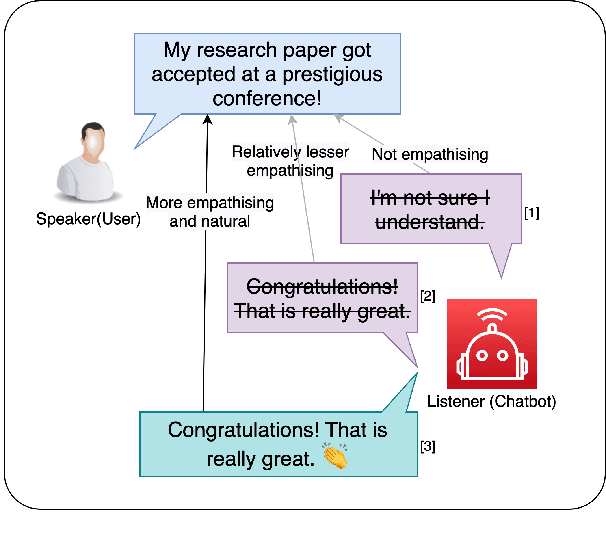

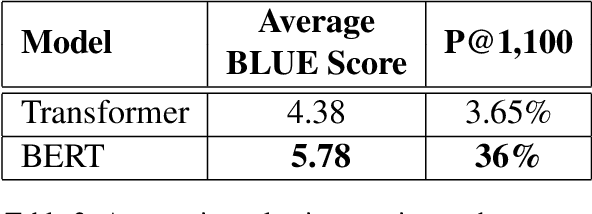
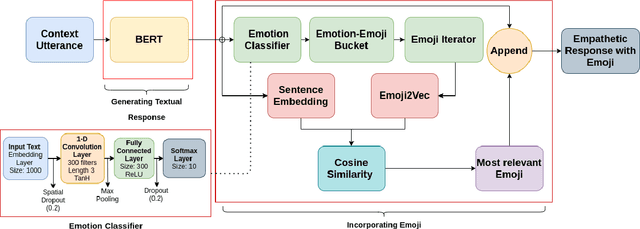
Abstract:The increasing use of dialogue agents makes it extremely desirable for them to understand and acknowledge the implied emotions to respond like humans with empathy. Chatbots using traditional techniques analyze emotions based on the context and meaning of the text and lack the understanding of emotions expressed through face. Emojis representing facial expressions present a promising way to express emotions. However, none of the AI systems utilizes emojis for empathetic conversation generation. We propose, SentEmojiBot, based on the SentEmoji dataset, to generate empathetic conversations with a combination of emojis and text. Evaluation metrics show that the BERT-based model outperforms the vanilla transformer model. A user study indicates that the dialogues generated by our model were understandable and adding emojis improved empathetic traits in conversations by 9.8%
Identifying Depressive Symptoms from Tweets: Figurative Language Enabled Multitask Learning Framework
Nov 12, 2020
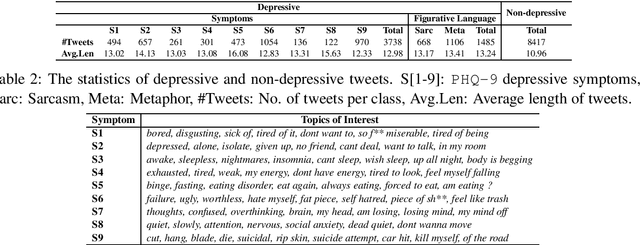
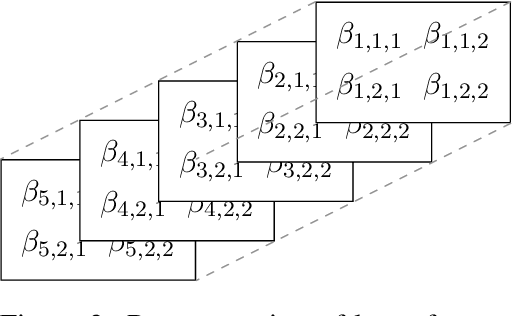

Abstract:Existing studies on using social media for deriving mental health status of users focus on the depression detection task. However, for case management and referral to psychiatrists, healthcare workers require practical and scalable depressive disorder screening and triage system. This study aims to design and evaluate a decision support system (DSS) to reliably determine the depressive triage level by capturing fine-grained depressive symptoms expressed in user tweets through the emulation of Patient Health Questionnaire-9 (PHQ-9) that is routinely used in clinical practice. The reliable detection of depressive symptoms from tweets is challenging because the 280-character limit on tweets incentivizes the use of creative artifacts in the utterances and figurative usage contributes to effective expression. We propose a novel BERT based robust multi-task learning framework to accurately identify the depressive symptoms using the auxiliary task of figurative usage detection. Specifically, our proposed novel task sharing mechanism, co-task aware attention, enables automatic selection of optimal information across the BERT layers and tasks by soft-sharing of parameters. Our results show that modeling figurative usage can demonstrably improve the model's robustness and reliability for distinguishing the depression symptoms.
 Add to Chrome
Add to Chrome Add to Firefox
Add to Firefox Add to Edge
Add to Edge